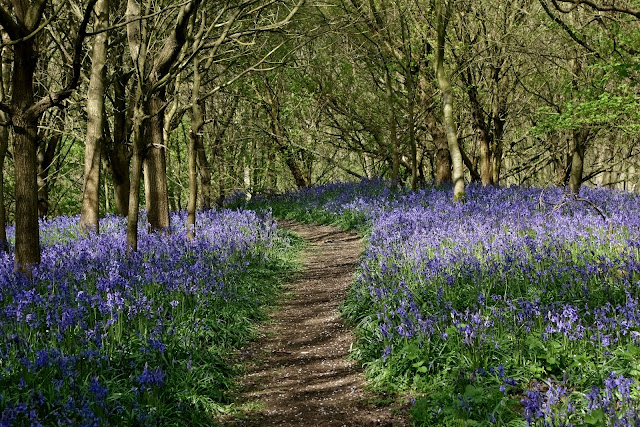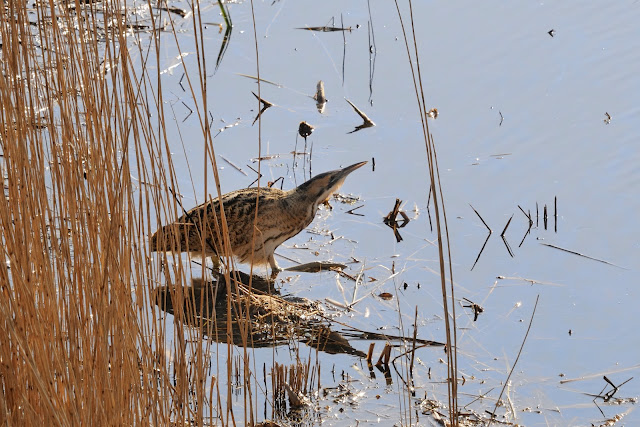Arger Fen and Spouse's Vale is a fascinating mosaic of ancient woodland alongside fen meadow and regenerating woodland. The interesting mix of trees at Arger Fen includes oak, ash, field maple, holly, crab apple, superb large alder, hazel stools and wild cherry. The reserve's contrasting habitats of dry wooded hillside and damp valley floor create a rich environment for wildlife and visitors alike. Many rare and declining species find refuge here including the scarce hazel dormouse and the barbastelle bat. Common lizards and grass snakes bask in woodland glades in summer, butterflies to look out for include speckled wood, meadow brown, orange tip, holly blue and comma... and bluebells!
It is maintained by Suffolk Wildlife Trust who do a great job maintaining this beautiful area
It is maintained by Suffolk Wildlife Trust who do a great job maintaining this beautiful area
Carpets of bluebell, one of the nations favourites I am sure. Maybe because they herald spring at last.
Bluebell with tree as a background
Yellow Archangel (Lamiastrum galeobdolon) - also with a tree trunk backdrop.
Marsh Horse Tails
A slime mould - Enteridium lycoperdon
Wild Strawberry (Fragaria vesca)
Bluebells
Brimstone moth spotted as it sunned itself in the warm morning sunlight
Cuckoo flower (Cardamine pratensis)
Wood Spurge (euphorbia amygdaloides) All green it might be, but still rather pretty I think
Primroses
All seen on the same wood,s on the same day - spring is definitely here!


















































